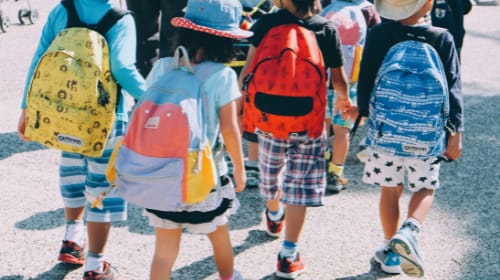Social media has come a long way since Facebook grew exponentially in popularity in 2012, and surpassing 1 billion users. Brands are no longer only using social media as a means to increase awareness, but have instead started expanding their use to reflect a brand’s public persona and beliefs.
Using insights from our data partner GWI, we explore new social media trends consumers in APAC are currently paying attention to, and how these trends can shape the way we market a brand whilst ensuring communication with consumers.
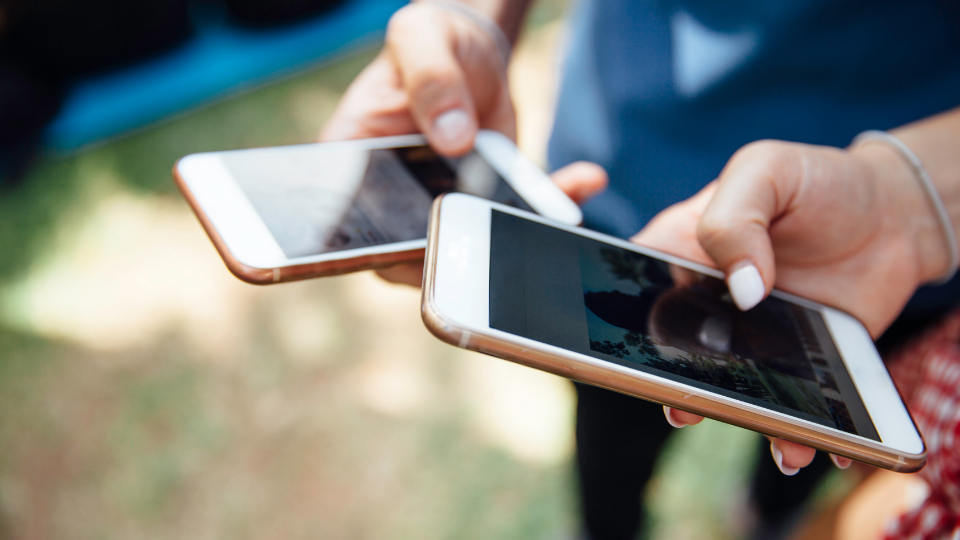 #1 The Psychology of Social Media – High usage, low trust
#1 The Psychology of Social Media – High usage, low trust
The morality of social media has long been debated. Positivity toward the impact of social networking is generally on the low side, with 39% of online population in APAC deeming that social media is good for society. But ultimately, 95% continue to use social websites or apps. Consumers have come to depend on them for connecting, entertainment, and news updates.
What next?
Social platforms now have an opportunity to earn back the trust of their user base and take the lead in changing public opinion.
For example, YouTube and TikTok are rewarding creators for endorsing prosocial usage; and Facebook News, a section of the site dedicated to news-reading in the U.S. and UK, will congregate articles from various prestigious outlets to promote authoritative journalism and fight disinformation.
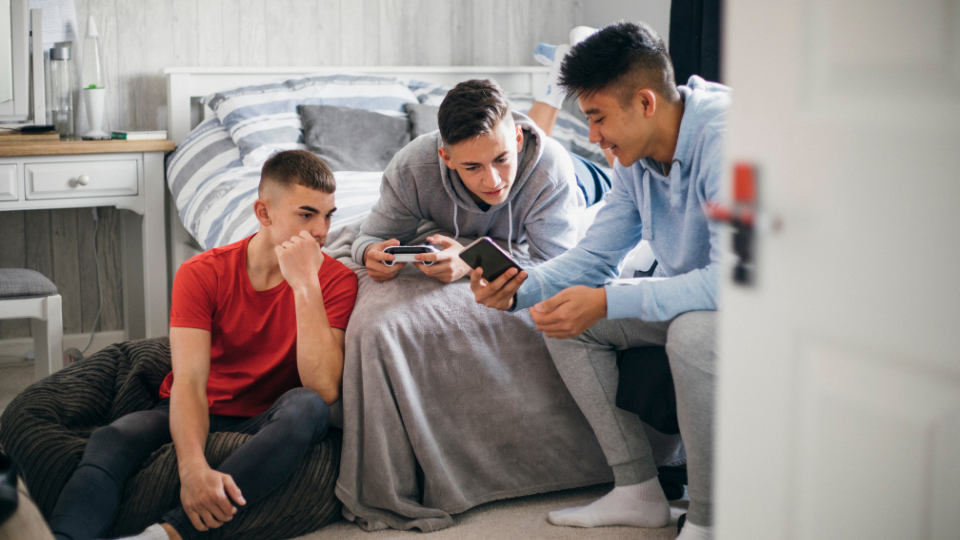 #2 Behaviour on Social Media – Bringing social back
#2 Behaviour on Social Media – Bringing social back
Given the impact of the pandemic, the top reason for social media usage is now back to connecting with friends/family, especially for Gen Zs.
Gen Zs are also likely to use social media to follow celebrities and to receive updates from popular brands. Their enhanced appetite for apps like Instagram, Pinterest, Snapchat and Reddit comes from wanting to see what’s trending and finding content accounts. While they often passively consume content, many want to participate in emerging trends and long to impress their followers.
What next?
Social platforms could leverage on the importance of ‘connecting’ as a marketing message. More interactive functions could be developed and promoted to boost ties between humans. For example, Instagram consistently rolled out stories stickers in the past 2 years, such as polls, countdowns, quiz, etc.
Brands could partner with influencers or celebrities when targeting at Gen Z. In addition, campaigns encouraging this
demographic to interact and participate in would be more effective.
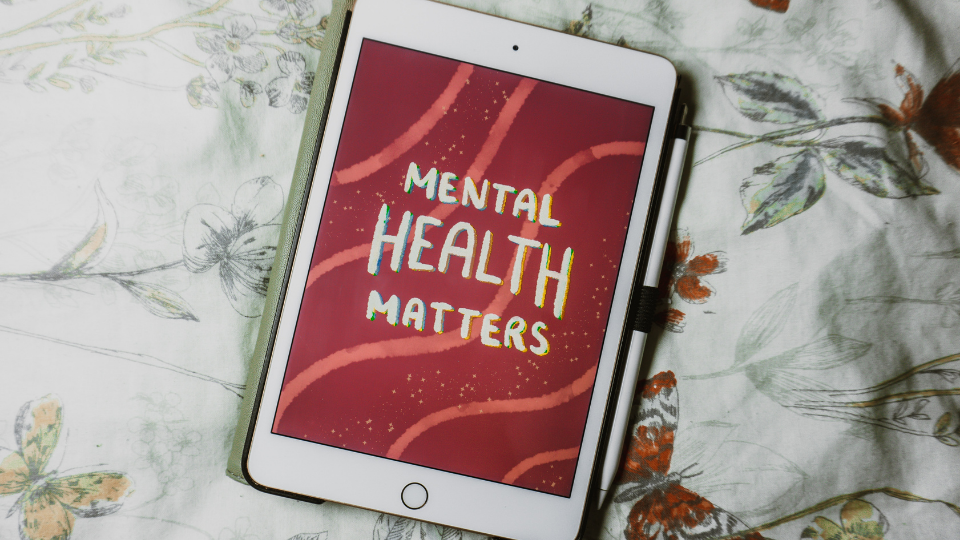 #3 Social Media’s Impact on Mental Wellbeing – Long screen time = increase in anxiety
#3 Social Media’s Impact on Mental Wellbeing – Long screen time = increase in anxiety
An increase in time spent on social media does have implications, as data links higher levels of usage with enhanced feelings of anxiety. Gen Zs and baby boomers in APAC are more prone to anxiety, and have been badly affected by the pandemic.
Notably, 20% of baby boomers mentioned that in Q2 2021 of how social media causes anxiety, which is the fastest growing segment among all generations (+4% YoY).
What next?
It’s up to brands to encourage healthier habits, especially for Gen Z and baby boomers. Heavy networkers are more likely than average to worry about their usage levels, but less likely to have succeeded in cutting back. While their awareness is relatively high, many would benefit from further guidance.
For example, Snapchat’s “Here For You” campaign is well- positioned to succeed as Gen Z feels more comfortable turning to social media (37%) than medical professionals (31%) for support with their mental wellbeing.
In 2020, TikTok asked leading influencers to tell its users to stop scrolling and go outside, and the platform worked with Barnardo’s Children’s Charity to launch a webinar on it.
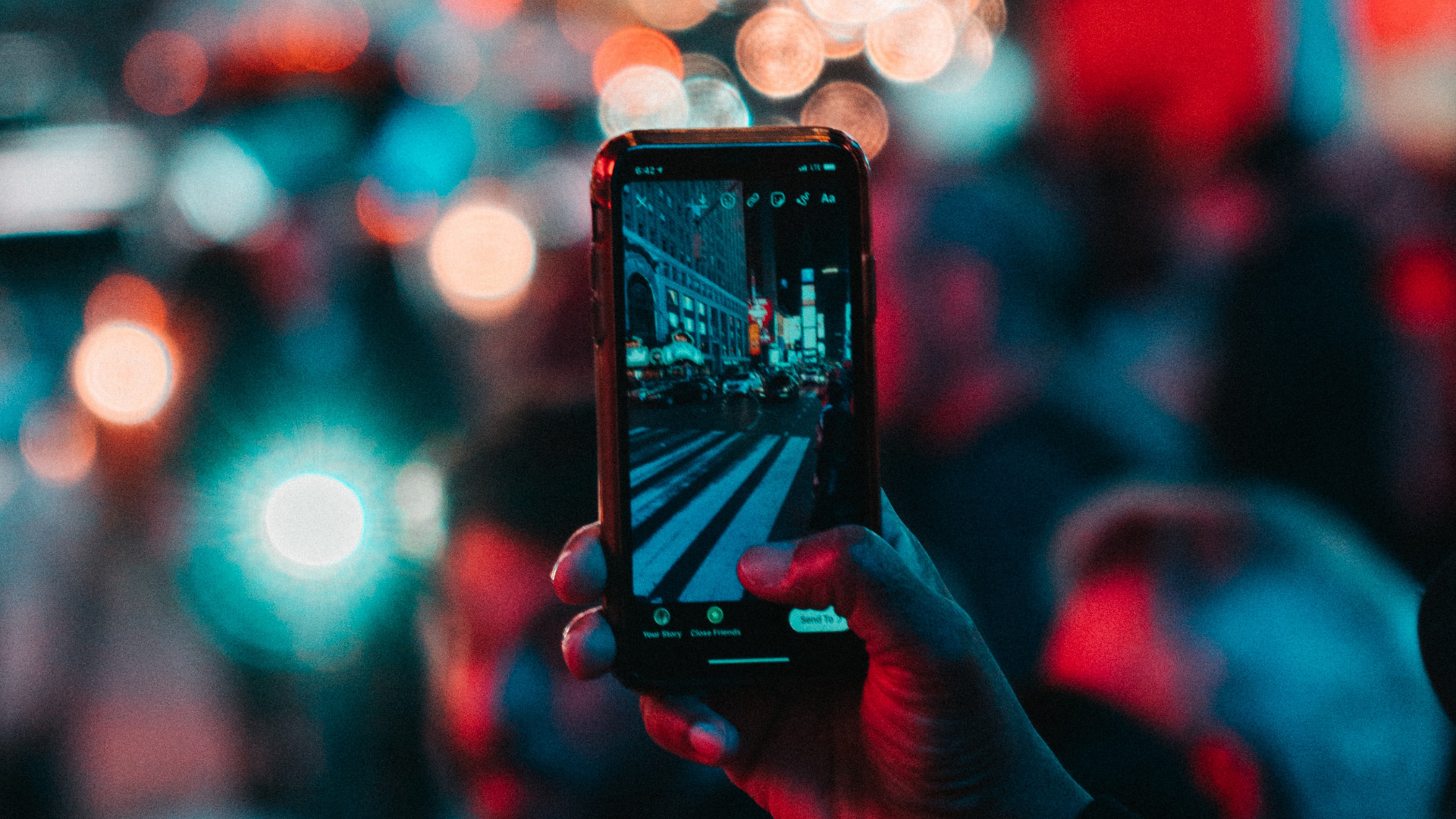 #4 Behind the Stories – Creating lasting impressions
#4 Behind the Stories – Creating lasting impressions
Although Snapchat was the first to introduce ephemeral content, its popularity is not as high as Instagram and Facebook nowadays. 36% of internet users frequently create stories on Instagram, compared to 11% on Snapchat.
Meanwhile, Instagram is developing a vertical Stories feed and looking to make them more desktop-friendly. It would also likely prioritise video posts over images to better compete with TikTok as watching videos (45%) is the top action observed on Instagram.
What next?
With additional features like Q&As, polls and shopping tags, Instagram Stories are particularly beneficial for brands and influencers to drive participation. These tools can also be used for customer feedback and gain market insights.
For example, Swell – a brand selling stylish, reusable water bottles – uses polls to share pertinent information by quizzing their audience on eco-friendly topics and revealing some surprising answers.
As the story feature continues to innovate, it’s up to brands to create inspiring, topical and ongoing narratives through video format to leave followers a lasting impression.
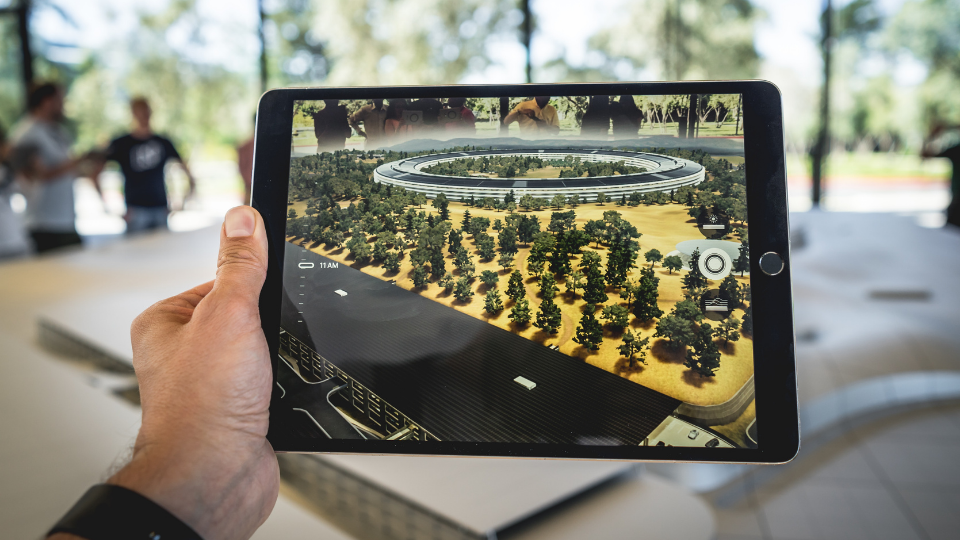 #5 Augmented Reality – Coming to socials
#5 Augmented Reality – Coming to socials
Lenses and filters are tools that enable users to customise images by transforming the way they look and the world around them. In APAC, users who use filter/effect features on Instagram and TikTok are increasing gradually.
Filter users over-index most for being interested in things like urban art and they travel much more than the average. They’re also keen for brands to enhance their online image, so features addressing this group’s impulse to celebrate their lifestyle and share cultural experiences are positioned to do well.
What next?
AR has the potential to enhance brand campaigns, as well as support creators, especially on Instagram and TikTok.
For instance, Pepsi added QR codes to its packaging, allowing fans to access exclusive videos and custom filters when scanned.
Pinterest and YouTube also have features for users to try on make up before buying. This create an opportunity for cosmetics and fashion retailers to overcome buyers’ hesitations by utilising AR elements in their social campaigns.
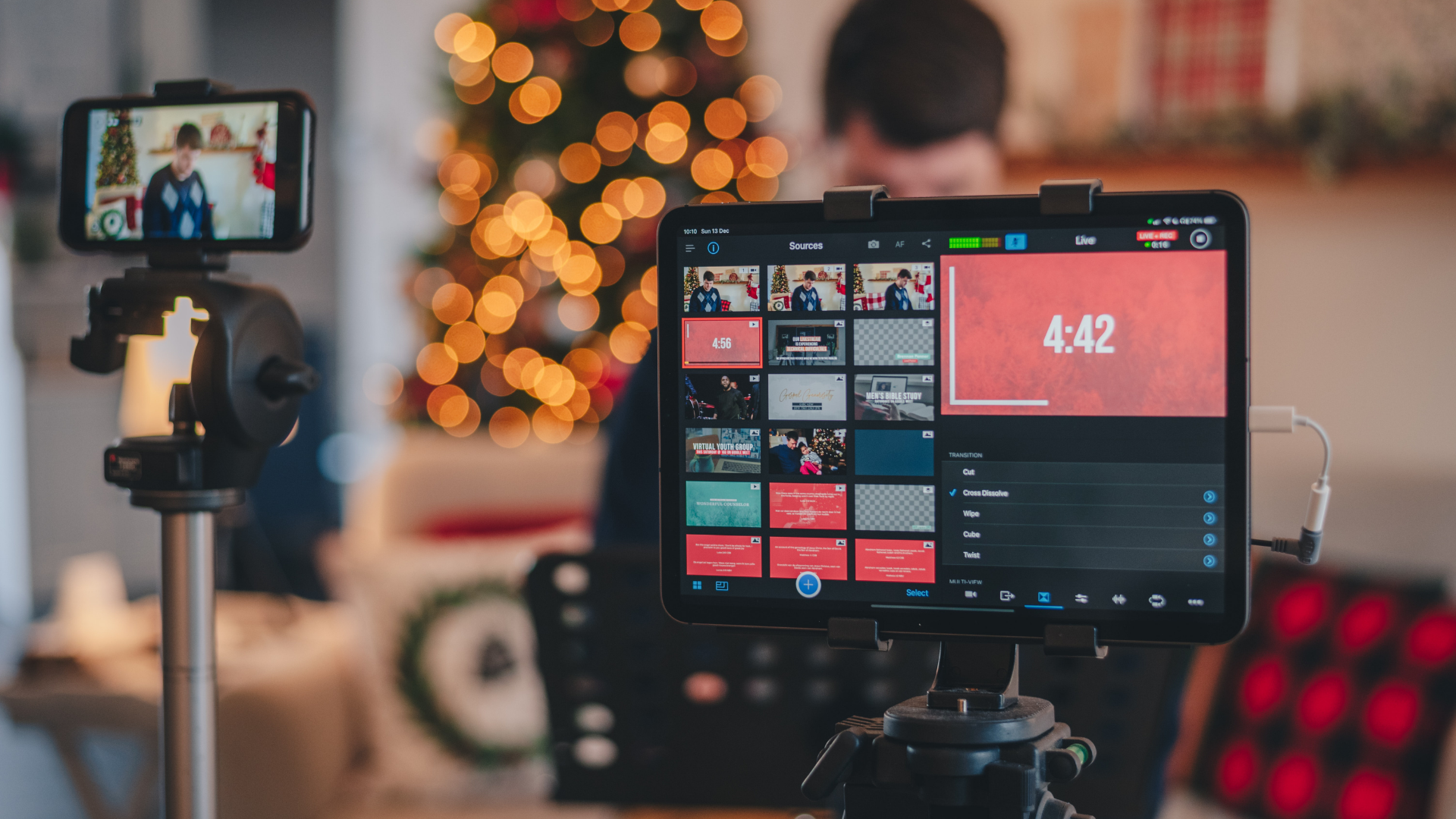 #6 Livestream – Empowering online communities
#6 Livestream – Empowering online communities
The pandemic created a gap for virtual live events to fill. In the same way users know those in their Reddit community or Facebook group share similar interests, livestreams tend to draw in like-minded crowds.
In APAC, 19% of internet users join Facebook Groups and 12% watch Facebook Live, while 21% watch livestreams on TikTok.
What next?
Brands should aim to create online communities centered around the themes or interests most relevant to them. Creating enclosed spaces will encourage people to open up and share experiences, enhancing brand loyalty in the process.
Selecting appropriate influencers to host livestreams builds trust, while finding ways for viewers to participate by interacting with an event through activities like challenges and Q&As will drive social interaction and sentiments of belonging.
This is largely the appeal behind the exclusive invite-only, audio-based app, Clubhouse, which provides an intimate setting for communities across the spectrum.
 #7 Social Commerce – Collision of content and commerce
#7 Social Commerce – Collision of content and commerce
In APAC, 1 in 5 internet users uses Facebook Marketplace on a monthly basis. Instagram Shopping was introduced later but is booming, particularly among millennials.
13% of social networkers would be most inspired to make a purchase through a “buy” button. Those who use social media to access content like livestreams and stories have an eagerness to buy on platforms. A fifth of IGTV and Reels engagers also show enthusiasm toward buying through social sites.
Users also want brands to have different vibes on different social platforms. Over half users want the brand to be ‘smart’ on Facebook, while the top vibe for Instagram and TikTok is ‘Trendy’ and ‘Young’ respectively.
What next?
While fashion categories like apparel and accessories remain the most relevant, other lifestyle brands looking to market food & beverage, health products and home décor are also key players in social commerce.
Brands would benefit from repurposing and adapting content to fit the distinct vibe of each site. For example, Guess’ Facebook posts highlight nostalgic campaigns and interview models for those interested in the culture of fashion, and open showcase its family aesthetic. In contrast, the brand’s TikTok page is saturated with glamorous and creative clips of influencers making good use of the app’s effects, as well as hosting challenges like #InMyDenim.
Check out our social media marketing services or get in touch with our data and insights specialists here.


